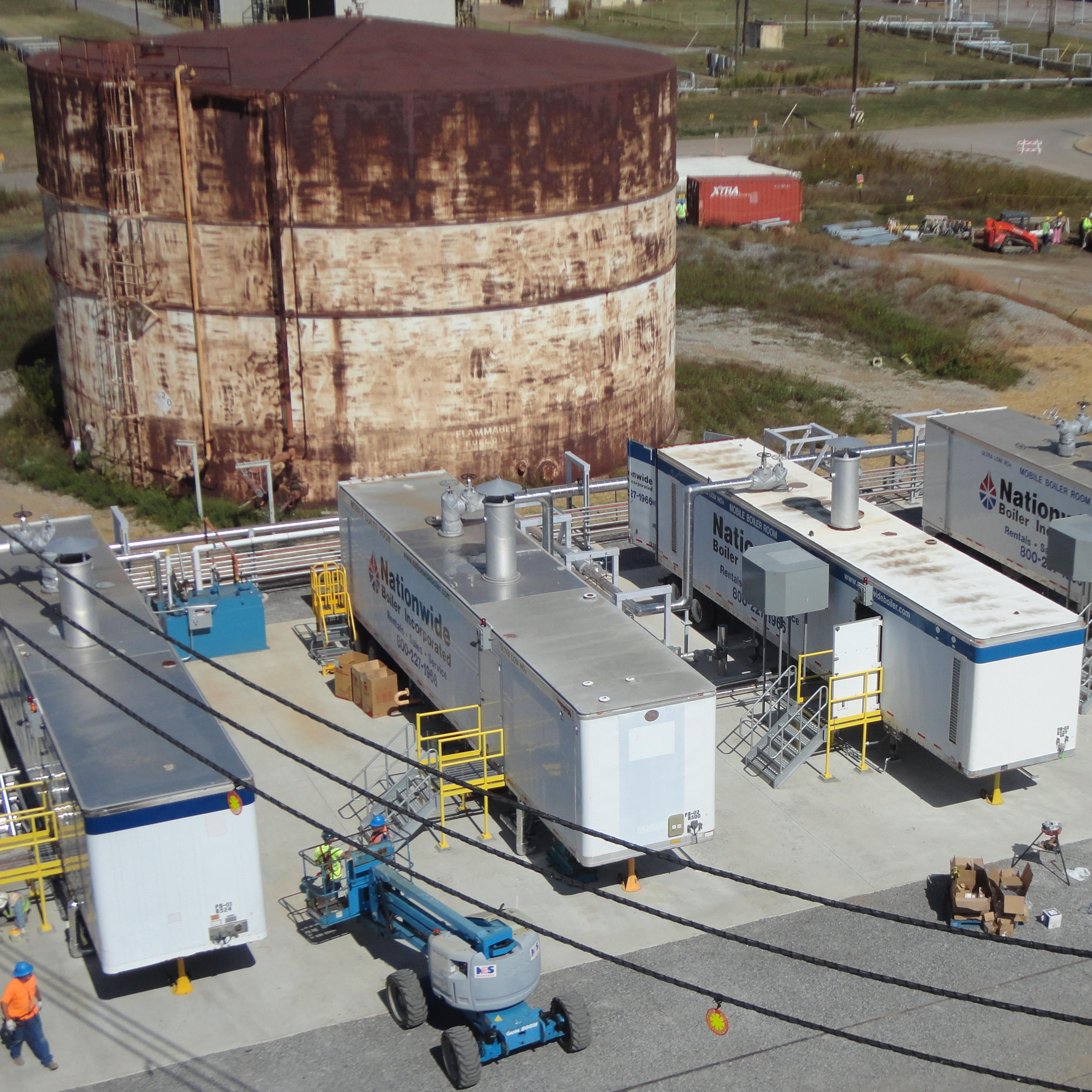SECTION 20 - PRESSURIZED EQUIPMENT AND SYSTEMS
20.A General.
20.A.01 Inspections and Tests - General.
- Pressurized equipment and systems must be inspected and performance tested before being placed in service AND after any repair or modification.
- Frequency. Unless State or local codes specify more frequent inspection, temporary or portable pressurized equipment and systems must be inspected at intervals of not more than 6 months and permanent installations must be inspected at least annually.
- New pressure vessels. Inspections of pressure vessels prior to being placed in service must be in accordance with the ASME "Boiler and Pressure Vessel Code".
- In-service pressure vessels. Inspections of pressure vessels must be in accordance with the National Board of Boiler and Pressure Vessel Inspectors (NBBI), "National Board Inspection Code."
- Qualified Inspectors. Inspections and tests will be performed by personnel qualified in accordance with the ASME Code or the NBBI.
20.A.02 Hydrostatic testing of In-Service Pressure Vessels.
- Unless otherwise specified by State or local codes, hydrostatic testing of in-service, unfired pressured vessels must be performed:
- (1) After any repairs or modifications that may affect the integrity of the system, or its ability to maintain stored pressure, as determined by the qualified inspector, and
- (2) In accordance with the manufacturer's recommendations, and/or a qualified inspector's recommendations after consultation with the manufacturer, which may include:
- (a) When vessels are installed;
- (b) When vessels are placed in service after lay-up;
- (c) Every 3 years, (starting at the time of installation);
- (d) If the vessel shows any rust or other deterioration; and/or
- (e) When conditions found during inspections warrant tests.
Hydrostatic Testing - SoCalGas
- The following unfired vessels are exempt from this requirement:
- (1) Vessels designed for a maximum allowable pressure not exceeding 15 psi (103.4 kPa);
- (2) Vessels having an internal volume of 5 ft3 (0.14 m3) or less and a maximum pressure of 100 psi (689.4 kPa);
- (3) Compression tanks containing water under pressure not exceeding 100 psi (689.4 kPa) and temperatures not exceeding 200ºF (93.3ºC);
- (4) Compression tanks containing water and fitted with a permanent air charging line subject to pressures not exceeding 15 psi (103.4 kPa) and temperatures not exceeding 200ºF (93.3ºC);
- (5) Fire extinguishers. > See Section 9.
- (6) For vessels with inspection doors (such as oil-filled (governor) pressure tanks), hydrostatic tests need only be performed on repaired, modified, or deteriorated tanks. Inspections to determine deterioration will be made every 2 years for external condition and every 4 years for internal condition.
20.A.03 Records of the inspections and tests must be available for review on request. A certificate must be posted and maintained near the vessel controls prior to operation of the equipment.
Knowledge Check Choose the best answer for the question.
20-1. How often should pressurized equipment and systems be inspected at permanent installations?
You forgot to answer the question!

